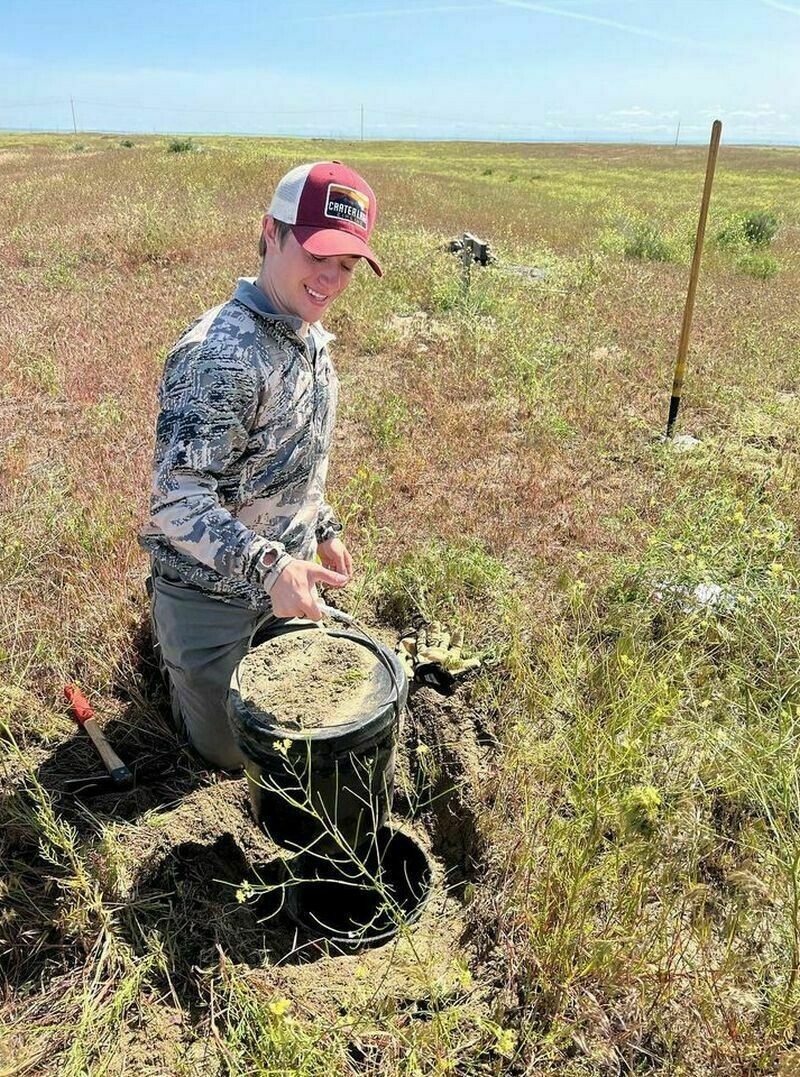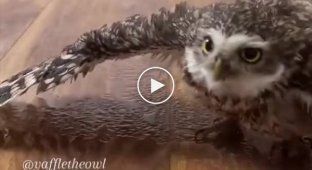14 photos about how owls living underground are saved and why new burrows are built for them (14 photos + 1 video)
These owls live in burrows, but sometimes their homes are too dangerous to live in and they have to be helped to move. 
The short owl is one of the most unusual species of owls. They do not nest in trees, like all other owls, but underground, in cozy burrows. Actually, because of this, they received their characteristic epithet - “rabbit”, and in English these birds sound like this - burrowing owl, which literally translates as “burrowing owl”. However, in fact, the birds do not dig anything (well, or they dig extremely rarely); they settle in holes left by gophers, prairie dogs, snakes and other underground inhabitants.
Rabbit Owls live throughout America and are now protected in many regions. 
Their population is rapidly declining, so animal activists are actively working to preserve the species. 
In recent years, birds have faced a big problem - a lack of burrows. 
The fact is that in North and South America, the fight against rodents that spoil crops has been going on for years 
This means that in some areas there are very few of them and they dig few holes 
Because of this, the population of owls is also declining: they do not have enough burrows, or they are located on farmland
The problem is not only the number of holes, but also their safety. Rodents always help owls avoid meeting the enemy. For example, prairie dogs call when they sense danger, so it is possible to hide from a predator. As the rodent population has declined, owls are becoming victims of coyotes, hawks, foxes and other predators. 
So there is nothing left to do but create new holes for the little owls 
Every year, animal rights activists create houses for underground birds and prepare the young for relocation 
Pipes buried in the ground are used as burrows. 
They are located in places where the environment prevents the emergence of new burrows 
As a result, the new houses are more spacious and stronger, and it is much easier to hide in them from enemies 
That's exactly what wildlife photographer Matt Poole does: every year he sets out to build owl houses. 
The relocation process is captured in photographs shared by the photographer on social networks 
There is also a video of this great owl migration
The whole process is fine-tuned to the smallest detail; the territory with new burrows is prepared several months before relocation. This is usually near the house where the chicks hatched, which no longer looks like a burrow, and where the owls can become easy prey for a predator. The owls are taken out of their houses and transferred to artificial burrows, to a habitat more suitable for them, where they will be safer. At this time, parents are always nearby and watch the process. The owls are released into the burrows one at a time, and after some time the adult owls return to them. Experts monitor them for some time to make sure that the birds have settled into their burrows.
























